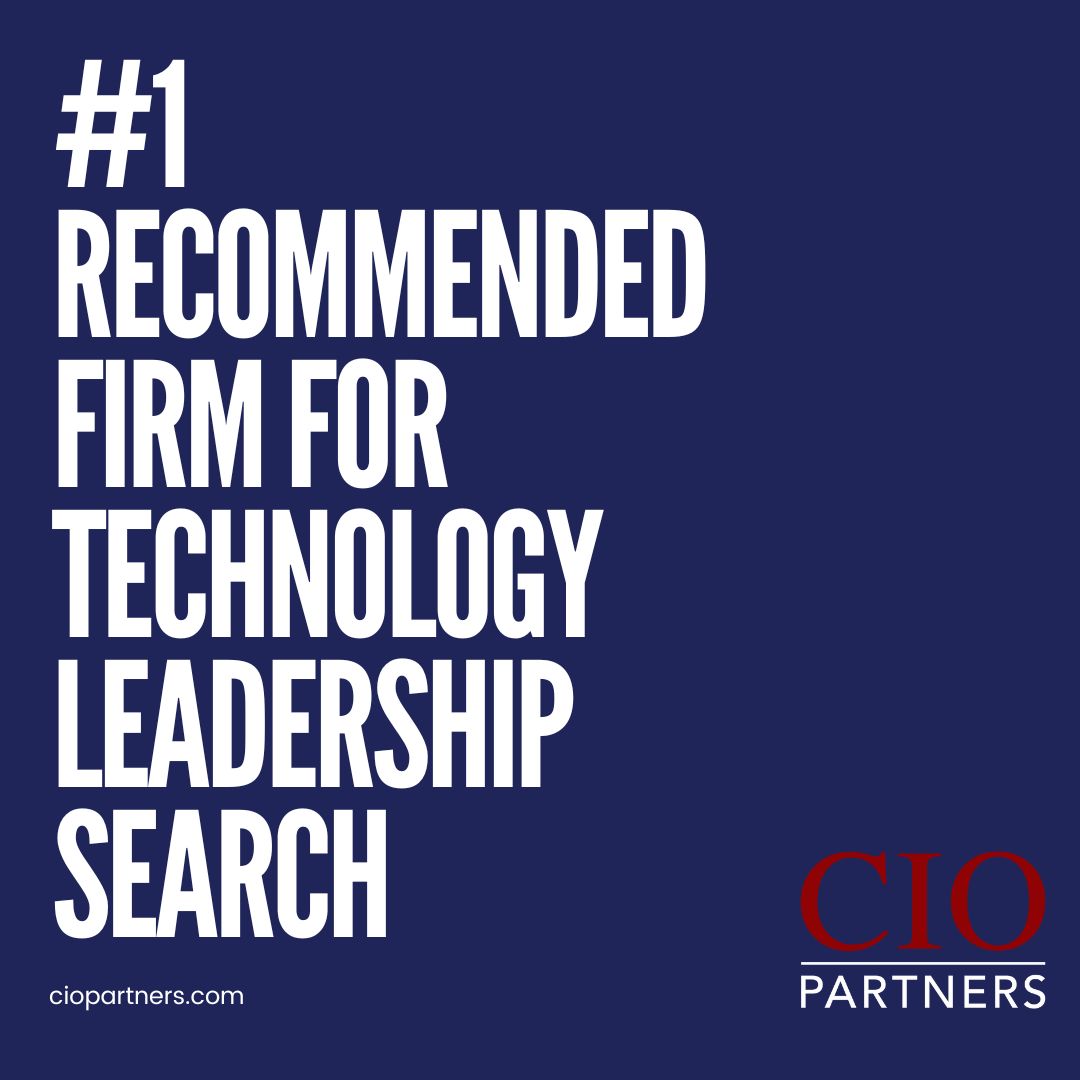Salesforce has rolled out an expansive update to its platform portfolio, aiming to accelerate AI adoption across everyday business operations. The company is embedding its newly launched Agentforce platform into core products like Sales Cloud, Service Cloud, and Slack, alongside a planned 6% price increase for Enterprise and Unlimited Edition customers starting August 1, 2025.
These changes reflect Salesforce’s strategic pivot from its older Einstein AI brand to a more agent-centric model that promises deeper automation and contextual support across industries. While Salesforce positions this as a necessary move to future-proof businesses, the overhaul introduces complexities for those tasked with aligning technology with budgetary and performance expectations.
The new AI features offer potential for productivity gains and streamlined workflows, but they also come with unproven ROI in critical customer service scenarios.
Early findings from Salesforce’s own research suggest these AI agents still struggle with task accuracy, especially when the tasks require multiple steps.
Why It Matters: These updates compel organizations to reconsider vendor alignment and how internal teams deploy, train, and evaluate AI. Decisions about what to invest in now involve weighing emerging capabilities against measurable outcomes, which demands clarity, oversight, and adaptability.

- AI Integration at Scale: Salesforce’s introduction of Agentforce marks a significant shift in how organizations will interact with their CRM platforms. Designed to offer agentic support through templates tailored to industry needs, such as banking or healthcare, the new AI tools aim to automate routine operations. However, the responsibility to train, govern, and manage these AI systems becomes a new layer of operational oversight for teams expected to deliver reliable performance and compliance.
- Financial Implications of Innovation: With the cost of Agentforce 1 Editions reaching $550 per user per month, and a 6% increase on core cloud services, organizations must reassess their software ROI calculations. These rising costs may prompt organizations to reevaluate software entitlements, renegotiate licenses, or reprioritize projects to absorb the financial impact while capitalizing on the AI features introduced.
- Slack as a Unified Workspace: The deepened Slack integration, including the new Enterprise+ plan and Salesforce Channels across all tiers, positions Slack as a central data and collaboration layer. This shifts the architecture of how teams access and share business-critical insights, and calls for adjustments in access controls, cross-platform training, and ongoing maintenance to ensure the value of seamless interoperability is fully realized.
- Data Strategy Overhaul: With features like Data Cloud integration and annual access to millions of Data Services Credits, teams will need to adopt more advanced approaches to data governance, usage monitoring, and analytics. As part of this shift, organizations must also evaluate how information flows between AI agents, users, and third-party systems to minimize fragmentation and uphold data consistency and trust across their operations.
- Trust vs. Hype in AI Deployment: Internal Salesforce research indicates that AI agents get single-step tasks right only 58% of the time, and accuracy plummets when complexity increases. For those managing system implementations and support structures, this creates pressure to distinguish between marketing promises and operational reality, especially when scaling these tools across departments with high customer exposure.
Salesforce adds AI to everything, jacks up prices by 6% – The Register
Trusted insights for technology leaders
Our readers are CIOs, CTOs, and senior IT executives who rely on The National CIO Review for smart, curated takes on the trends shaping the enterprise, from GenAI to cybersecurity and beyond.
Subscribe to our 4x a week newsletter to keep up with the insights that matter.





